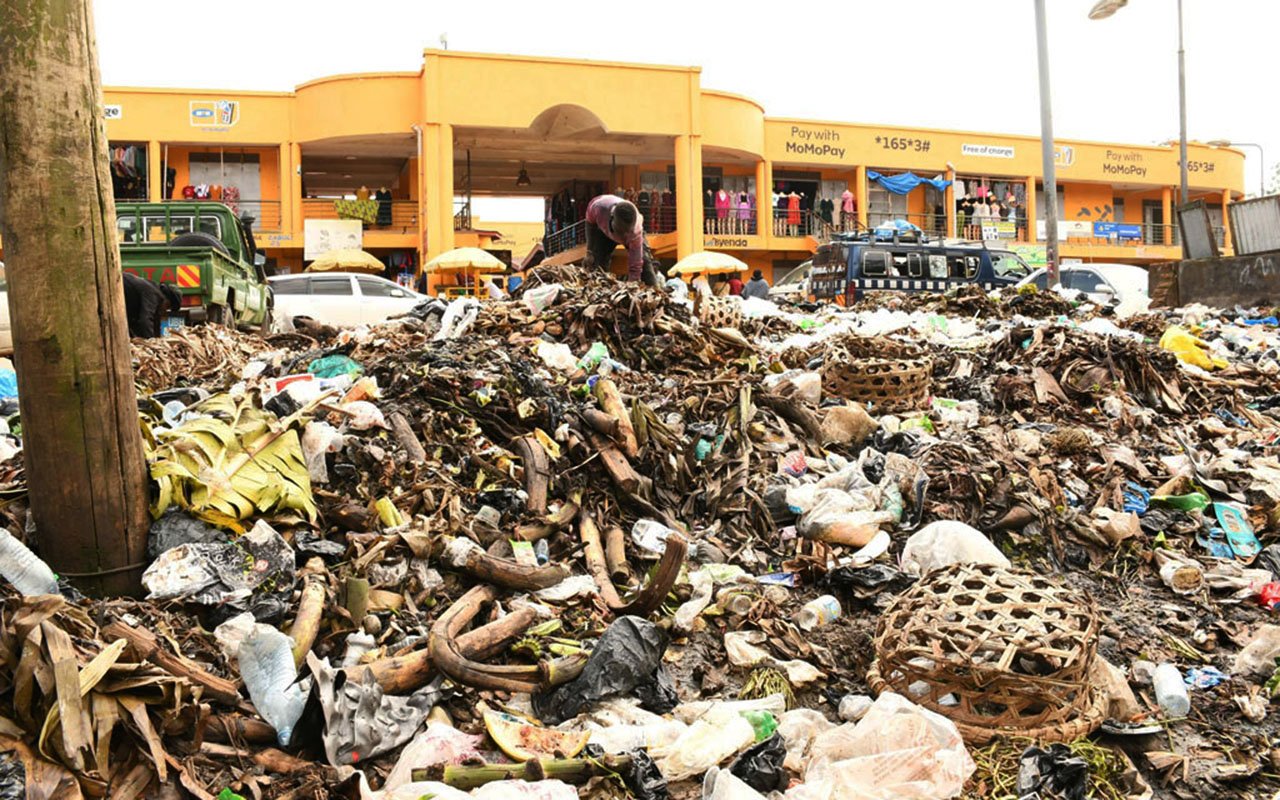What MAAIF ought to do to de-risk agriculture

The writer, Samuel Sentumbwe
What you need to know:
- The success of the initial 5-year subsidy program led to the introduction of another Shs20 billion subsidy in the financial year 2021/22, signifying the government's recognition of the pivotal role played by the agricultural sector in the country's economy.
In the financial year 2016/17, the Government of Uganda initiated a five-year fund worth Shs 25 billion to subsidize the insurance costs for farmers, offering protection against production risks such as adverse weather conditions, uncontrolled pest and disease infestations, etc.
This initiative aimed to increase financing to the sector by safeguarding against the perceived high production risks faced by farmers who constitute a significant portion of the national population and contribute tremendously to our export earnings. The success of the initial 5-year subsidy program led to the introduction of another Shs20 billion subsidy in the financial year 2021/22, signifying the government's recognition of the pivotal role played by the agricultural sector in the country's economy.
It is a known fact that the agricultural sector in Uganda serves as a cornerstone of the economy, providing sustenance for over two-thirds of the population and contributing significantly to export revenues. Recognizing the importance of fostering sector growth through risk mitigation strategies, the government implemented de-risking mechanisms to incentivize increased investment in the agricultural industry. Available data from the Insurance Regulatory Authority (IRA) showcases a notable increase in the number of farmers embracing agricultural insurance policies, with approximately 410,000 farmers enrolled by December 2022, up from 265,000 individuals in 2020.
This surge in participation has translated into substantial benefits for the agricultural community, including a significant boost in agricultural credits amounting to Sh1.48 trillion by December 2022 and a notable rise in agricultural insurance premiums from Shs42.9 billion in 2020 to Shs78.9 billion in 2022, representing a 50 percent growth.
Despite the evident positive outcomes of the subsidy program, the Insurance Regulatory Authority identified a need for empirical evidence to assess the scheme’s broader impact on the farmers and the agricultural sector in general. In response to this gap, USAID, through its Feed the Future Uganda Institutional Systems Strengthening Activity, supported the Insurance Regulatory Authority in conducting a comprehensive impact evaluation of the benefits accrued by farmers through the program, identifying existing gaps, and recommending interventions to optimize the scheme's benefits for the ordinary Ugandan farmer.
The study conducted by the Insurance Training College shed light on the significant impact that the agricultural insurance scheme has had on farmers and the sector.
While acknowledging its current value, the study also highlighted the untapped potential of the scheme to further enhance the lives of smallholder farmers pending certain interventions.
One key observation was the underutilization of the Ministry of Agriculture, Animal Industry and Fisheries (MAAIF) in the implementation of the subsidy scheme. Originally, the design of the Uganda Agricultural Insurance Scheme (UAIS) envisioned various stakeholders playing distinct yet complementary roles, with the Ministry of Finance, Planning, and Economic Development taking a leadership role.
However, it was noted that despite the clear and distinct role of the Ministry of Agriculture Animal Industry and Fisheries, this pivotal role was never operationalized which greatly affected the efficiency and effectiveness of the scheme. The study therefore identified the need to revise the coordination framework to better leverage the government of Uganda’s agricultural extension network through MAAIF, which spans from parish to the national level, encompassing a wide range of experts such as agronomists, veterinary officers, fisheries experts, and entomologists.
By integrating MAAIF's resources and expertise, the burden of farmer training, awareness, administrative tasks, supervision, and monitoring that are being incurred by the Agricultural Insurance Consortium (AIC) could be significantly and sustainably reduced. In this case, MAAIF, AIC, and other development partners’ work would become complementary. Notably, relying on MAAIF structures to support AIC's efforts could enhance service quality without compromising effectiveness, given that MAAIF's local government units already serve the same target beneficiaries. However, MAAIF staff must receive certified training in specifically agricultural insurance in addition to their knowledge of agriculture as a science.
Furthermore, the study emphasizes the necessity of increasing the annual subsidy fund from the current annual allocation of Ugx 5 billion to meet the growing demand for insurance policies among farmers. Available data indicates a positive trend in policy renewals and farmers' willingness to embrace agricultural insurance in the future. With evidence showing a steady rise in insured loans, agricultural insurance premiums, and the number of insured farmers over the years, there is a clear indication of the potential for further development in agricultural insurance within the country.
According to IRA reports, as of December 2022, approximately 410,000 farmers (out of an estimated 3.5 million farmers in the country) had benefited from the subsidy scheme, illustrating strong uptake. However, the entire 5 billion allocation for FY2021/22 was absorbed by the farmers in the first season alone, there is evident momentum for the advancement of agriculture insurance. Leveraging estimates from the Bank of Uganda's Financial Stability Reports of 2022 and 2018 and AIC reports for the period 2017 to 2022, we predicted the premium demand for agricultural insurance for the entire country to be approximately Shs55 billion. With the current subsidy of 50% for the smallholder farmers who constitute the largest portion of all farmers in Uganda a subsidy fund of approximately Shs27.5 billion is recommended. Increasing the annual budgetary allocation to 27.5 billion Ugandan shillings would not only extend coverage to more districts but also support efforts under the parish development model.
The impact of such an investment would go beyond just mitigating risks for farmers; it would promote economic growth and sustainability in the agricultural sector. By investing more in agricultural insurance, we can pave the way toward a future where every farmer in Uganda has access to this essential financial tool. The subsidy support would also gradually reduce as the free forces of demand and supply come into play.
In conclusion, The study underscores the need for strategic key stakeholder collaborations, increased funding, and targeted support to propel the agricultural insurance scheme towards greater success. By harnessing the untapped potential of MAAIF, expanding subsidy funds, and aligning efforts with the evolving needs of farmers, the agricultural sector can realize significant benefits and transformative impacts on the lives of smallholder farmers. The scheme can significantly contribute towards building a resilient and thriving agricultural industry that benefits both farmers and the nation.
It is time to recognize the value of agricultural insurance and take proactive steps to make it accessible to all farmers in Uganda. Together, we can work towards a future where agricultural insurance is not just a luxury but a necessity for every farmer striving for a secure and prosperous livelihood.
The writer, Samuel Sentumbwe. Is Manager Research, Insurance Training College.




